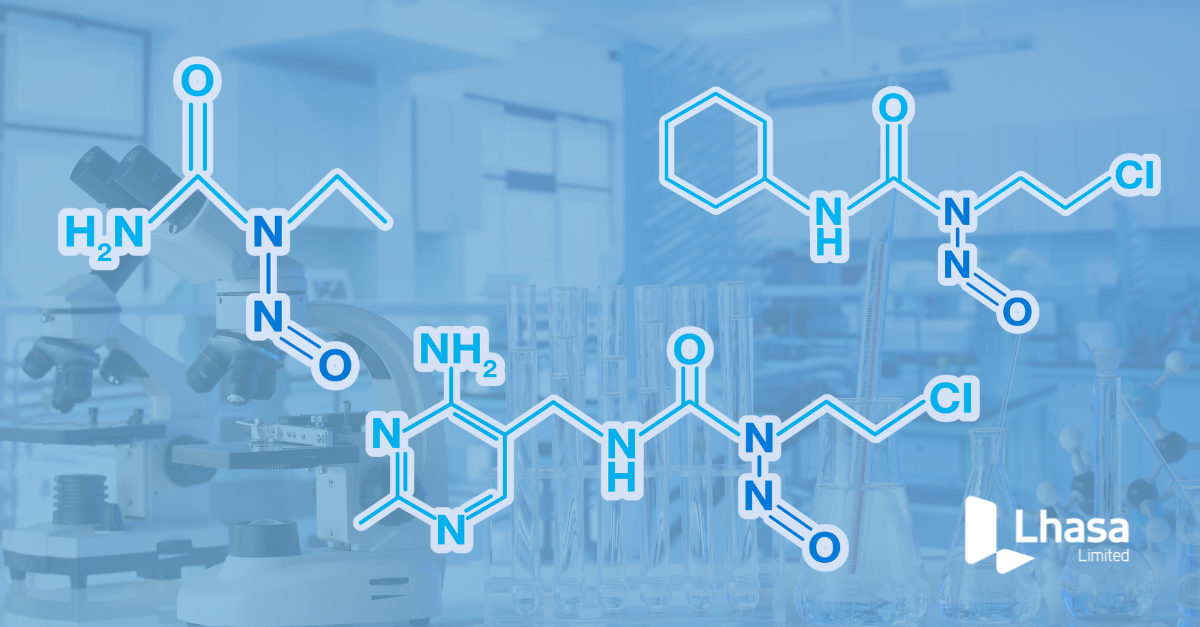For over four decades, at Lhasa Limited we have been developing scientific software solutions that enable scientists to make informed decisions on the safety of drugs, chemicals and cosmetics.
Our journey advanced significantly with the creation of Derek Nexus, an in silico expert knowledge-based toxicity prediction tool. As regulatory landscapes evolved and the push for the Replacement, Reduction, and Refinement (3R’s) of animal testing intensified, the acceptance of in silico predictions grew, along with an emphasis on data sharing to reduce duplicate testing. These dynamics fuelled the continued development of Derek Nexus, alongside a comprehensive suite of software solutions and data sharing initiatives. In this blog, we address the ten most frequently asked questions about Derek Nexus, offering insights into its functionality.
What is Derek Nexus?
Derek Nexus is an in silico tool developed by Lhasa Limited for predicting the toxicity of chemical compounds. It uses a knowledge base of structural alerts, which have been written by expert scientists at Lhasa to provide accurate predictions of various toxicological endpoints. The core question that Derek Nexus seeks to answer is “Does my compound contain structural features which may pose a toxicological hazard?”.
How does Derek Nexus work?
Derek Nexus contains a vast knowledgebase of structural alerts defined from toxicological information from multiple sources, alongside expert-defined rules, to predict potential toxic effects of chemicals. The tool evaluates the chemical structure input by the user and compares it to known toxicophores to identify potential hazards. The two-step process can be broken down as;
- Derek Nexus identifies toxicophore(s) – a functional group within the compound responsible for toxicity.
- Derek Nexus generates a qualitative prediction (or a quantitative prediction for skin sensitisation) – a measure for likelihood of toxicity.
What endpoints can Derek Nexus predict?
Derek Nexus can predict a wide range of toxicological endpoints, including:
- Mutagenicity
- Carcinogenicity
- Chromosome damage
- Skin sensitisation
- Teratogenicity
- Respiratory sensitisation
- Organ toxicity
- Neurotoxicity
- Reproductive toxicity
- Hepatotoxicity.
In Derek Nexus, the toxicity of chemicals can be predicted in a range of species, such as bacteria, mammal and rodent.
How accurate is Derek Nexus?
Derek Nexus is renowned for its high accuracy, which is achieved through continuous updates and integration of the latest toxicological data. Its predictions are backed by extensive validation studies, which are regularly reviewed to ensure reliability. The comments within each alert in Derek Nexus are transparent, meaning that they are supported with scientifically published references and examples.
What happens when there isn’t a toxicophore match in Derek Nexus?
When Derek Nexus does not find a toxicophore match for a query compound, it generates a negative prediction for mutagenicity and skin sensitisation endpoints. This is particularly useful for regulatory submissions. First, the compound is compared to alerts, if there are no matches, Derek Nexus compares the compound’s structural features to publicly available data and provides a negative prediction. This prediction provides valuable information for expert review.
What are the benefits of using Derek Nexus?
The key benefits of using Derek Nexus include:
- Reducing the need for animal testing by providing reliable in silico predictions.
- Saving time and resources in the early stages of chemical development, identifying potentially toxic compounds.
- Facilitating regulatory compliance, Derek Nexus ensures that predictions and assessments generated are compliant with the latest standards and expectations of regulatory authorities.
Who uses Derek Nexus?
Derek Nexus is used by a variety of professionals in the pharmaceutical, chemical, medical device, cosmetic and personal care industries, as well as regulatory bodies. The in silico solution is particularly valuable for toxicologists, regulatory affairs specialists, scientists and researchers (including academics) involved in drug discovery and development.
Can Derek Nexus be integrated with other software?
Yes, Derek Nexus can be integrated with other Lhasa solutions designed to support assessments under various international guidelines, such as ICH M7, ICH S1(B), ICH Q3D/E, RDC 53, OECD No.497, REACH and more.
For example, combining Derek Nexus and Sarah Nexus predictions enables a comprehensive ICH M7 classification of an impurity.
Is there customer support available for Derek Nexus users?
At Lhasa, our Applied Sciences team offers extensive customer support for Derek Nexus users, including training sessions, supporting material and direct assistance. This support extends across all of our solutions, ensuring that that Lhasa software users (our members) can effectively utilise the in silico tool and maximise its potential.
Are there trial versions or demos available for Derek Nexus?
Yes, a two-week free trial or demonstration is available for Derek Nexus and other Lhasa solutions, this can be requested by filling in the information form on our contact us page.
For more detailed information on how Derek Nexus can support your specific needs, please visit our solution pages:
Last Updated on November 5, 2024 by lhasalimited



